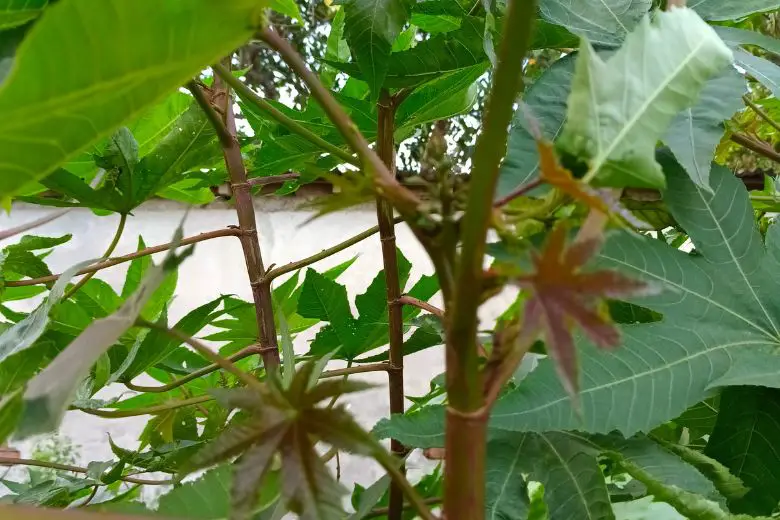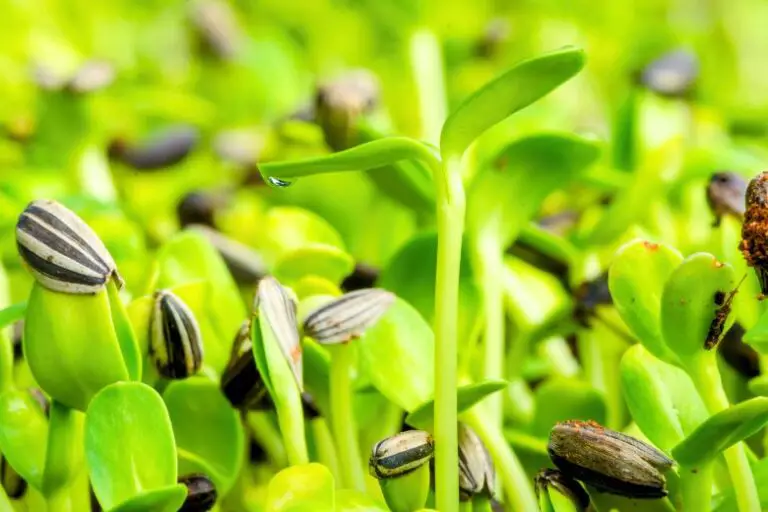How to Dispose of Castor Bean Plants
Castor bean plants can be a stunning addition to gardens, but their toxic nature demands careful handling and disposal. From understanding the plant’s characteristics to exploring disposal options, this article will guide you through the safe process of disposing of castor bean plants.
Understanding Castor Bean Plants
Characteristics of Castor Bean Plants
Castor bean plants are robust annuals that can grow up to 15 feet tall. They feature large, palmate leaves that vary in color, ranging from deep green to reddish-purple. The plant’s distinctive spiky seed pods contain highly toxic seeds, making them dangerous to humans and animals if ingested.
Risks Associated with Castor Bean Plants
Ricin, found in various parts of the castor bean plant, is a potent toxin. Ingesting even a small amount can lead to severe health issues, including nausea, vomiting, abdominal pain, and in extreme cases, organ failure. It’s crucial to handle these plants with care to avoid accidental exposure.
When to Consider Disposal
Reasons for Disposal
You might consider disposing of a castor bean plant for various reasons. Overgrowth, space constraints, or the presence of children or pets can make the plant’s toxic nature a concern. Additionally, if you’re redesigning your garden, you might need to remove the plant to create a safer and more aesthetically pleasing environment.

Assessing Plant Health
Before disposal, assess the plant’s health. If the plant shows signs of disease or infestation, it’s best to avoid composting it, as this could spread the issue. Diseased plants should be double-bagged and sent to a landfill.
Disposal Methods
Wearing Protective Gear
Before starting the disposal process, ensure you’re wearing appropriate protective gear, including gloves, long sleeves, and eye protection. This will minimize the risk of skin contact with the plant’s toxic components.
Uprooting and Removing the Plant
To uproot the plant, dig around the base using a shovel or garden fork. Gently pry the plant from the soil, taking care not to break the roots.
Cutting and Bagging Seed Pods
If the plant has mature seed pods, carefully cut them off using pruning shears. Place the cuttings directly into sealable plastic bags.
Root Removal and Soil Treatment
To prevent regrowth, remove as much of the root system as possible. You can also treat the soil with a mixture of water and bleach to neutralize any remaining toxins.
Composting Caution
While some plants can be composted, castor bean plants should not be added to compost piles. The composting process might not fully destroy the toxins, posing a risk if the compost is later used in gardens.
Choosing the Right Disposal Site
Avoiding Contamination
When disposing of castor bean plant materials, ensure they don’t come into contact with other plants, soil, or surfaces. This prevents the potential spread of toxins.
Proximity to Water Sources
Avoid disposing of the plant near water sources, as toxins can leach into the water and harm aquatic life.
Professional Help and Regulations
Seeking Expert Assistance
If you’re unsure about the proper disposal process, consider consulting a professional landscaper or local agricultural extension office. They can provide guidance based on your specific situation.
Legal Restrictions on Disposal
Be aware of any regulations governing the disposal of toxic plants in your area. Improper disposal could result in environmental harm and legal consequences.
Creative Ways to Repurpose
Craft and Decor Projects
Consider repurposing castor bean pods for craft projects like making decorative wreaths. Ensure the seeds are removed and the pods are thoroughly dried before using them in creative endeavors.
Educational Use
If you’re an educator, castor bean plants can serve as an educational tool to teach students about plant toxicity and safety precautions.
Conclusion
Disposing of castor bean plants requires careful consideration due to their toxic nature. By following proper disposal methods and taking safety precautions, you can remove these plants from your environment without causing harm. Remember that while castor bean plants can be visually appealing, their potential risks make responsible disposal essential.







